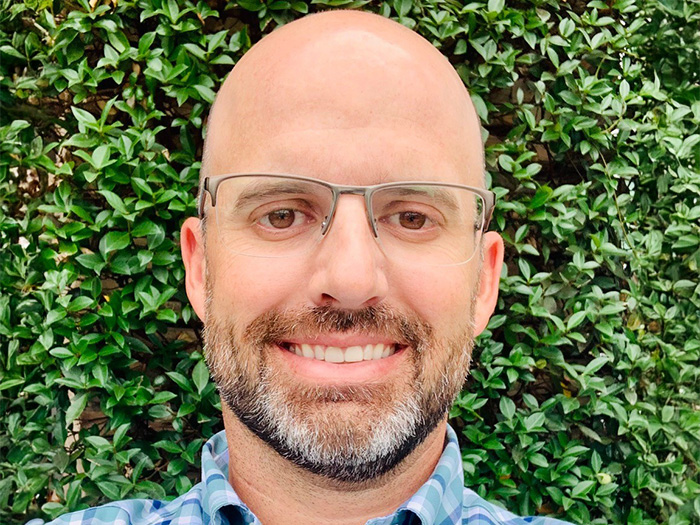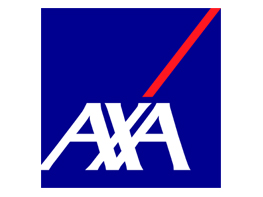2016 Teddy Award Winner
The Road to Success
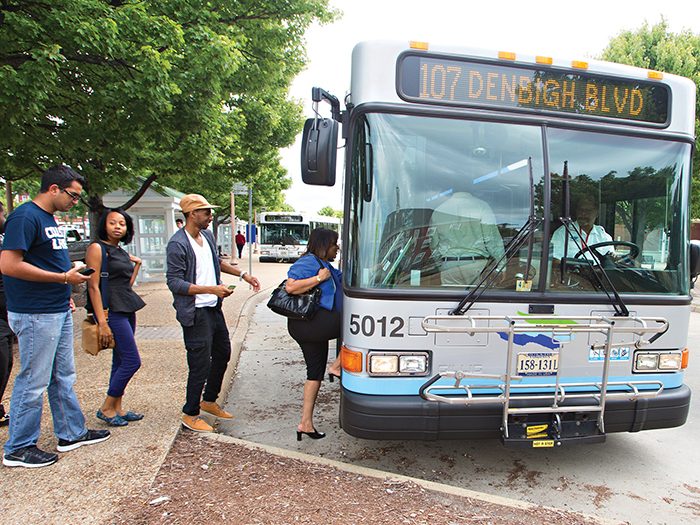
In four years, Hampton Roads Transit transformed a legacy workers’ compensation program that was costly and ineffective into a phenomenal success.
From 2011 to 2015, HRT saw a 98 percent decrease in lost-time claims frequency, 94 percent decrease in average number of days lost per lost-time claim, 48 percent decrease in frequency of injuries and 78 percent decrease in total incurred costs per claim.
Its savings from the total amount billed in 2015 alone was 40 percent lower than the prior year, while the average claims reporting time was reduced to 3.7 days, compared to 5.7 days in 2014.
Under the leadership of Kimberly Ackerman, chief human resources officer, and Danielle Hill, human resources compliance manager, the public transportation agency took a program that did not track claims or spending and created a collaborative organization that has achieved impressive results.
“Accountability. Teamwork. Customer Service.” Those are the hallmarks of the program, Hill said.
“The biggest goal for us,” adds Ackerman, “was to be collaborative, to have a high degree of accountability and to have managers and employees alike understand and embrace the program.”
She praised Hill for leading the effort.
“She has brought a fresh new perspective to the program, innovative strategies and a high degree of collaboration with employees and managers,” Ackerman said.
The transformation began with a formal review of HRT’s past program. Hill said the 1,000-employee transit agency “never tracked anything. We never knew how much money was spent.”
In 2012, Hampton Roads Transit brought in new management to regain public confidence in its operation of 56 bus routes and 11 light rail lines in southeast Virginia. In furtherance of that mission, HRT partnered with PMA Management Corp. to help contain costs for the self-insured workers’ compensation program.
“What they wanted to do was get a grip on the claims they had and change the culture around the workers’ compensation program,” said Brad Wilson, account executive for PMA, the third-party administrator.
A review discovered that workers’ comp claims costs had nearly doubled each year during the prior three years. The average number of days lost per lost-time claim in 2011 was 207, which created logistical nightmares for the regional transit organization. (It was 12 in 2015.)
All Working Toward the Same Goal
Once HRT had a handle on its past experience, the biggest challenge was “making sure we are all working toward the same goal,” Hill said. “Getting everybody on the same page is really hard to do. I think our biggest goal when we took over was our customer service. Making sure staff understood that our employees are actually our customers.”
HRT wanted to make it easier for employees to file workers’ comp claims. They wanted to decrease claims. They wanted to keep their workers healthy and safe. The key was creating a 360-degree employee safety and training program.
It’s the heart of HRT’s loss control strategies.
“Everybody respects the program. We are all on the same side, working on the same goal.” — Danielle Hill, human resources compliance manager, Hampton Roads Transit
Bus drivers are enrolled in an 8-week training class that includes classroom and simulation exercises, as well as test runs.
Employee orientation sessions train employees on what to do if they are injured, how to report an injury and how to prevent injuries. There are regular safety talks and post-accident safety training for drivers and maintenance workers.
The 360-degree program also includes intranet-based safety training, annual refresher training, annual safety awards and wellness programs for employees. The HR department is currently working with physical therapists on their workers’ compensation panel to create posters and safety videos to display in drivers’ lounges.
The program has a multi-tier safety structure that starts with monthly safety committee meetings that include at least one bus driver representative to address safety issues. When injuries occur, the committee members discuss how HRT could have prevented the incident.
Hill said the team regularly inspects the facilities and equipment.
An upper level operational safety and security committee deals with issues that can’t be addressed at the lower level, and a senior executive team targets strategic issues.
On a quarterly basis, HRT reviews the top five injuries for the prior three months and develops training sessions if it sees any recurring problems.
Changing the culture from one with little accountability and few formalized processes was a challenge.
“The hardest thing,” Hill said, “was getting people to think this is a job we will be providing for employees, and making sure staff understood that even if the employee filed 10 claims previously, they were to treat it like their first claim.”
HRT’s loss control program also includes investigation of all injuries, aided by state-of-the-art video cameras inside and outside all buses. Supervisors take statements by the end of the employee’s shift, and travel to the accident scene to take photos.
Safety training also blends into HRT’s return-to-work program, which saw decreased lost-time claims from 53 in 2011 to just 1 in 2015. The agency’s total incurred costs per claim decreased from $17,036 to $3,780.
Light Duty Works
Its light-duty program is one of the keys to the overall program’s success.
“That’s been really great,” Hill said. “I think when managers thought ‘light duty,’ they didn’t understand what it meant. I told them, ‘You can have somebody on workers’ comp do administrative work for you.’
“It helps us to get injured workers into a job they can do and it helps that department fulfill a need that otherwise they might have to pay overtime to complete.”
Every October, the agency invites its workers’ compensation team to an open house to review the light-duty program and gain a greater understanding of HRT’s job requirements, including an update on job descriptions for light duty.
The event includes a tour of the facilities and operations, and bus rides for a close-up look at the work employees perform.
“That is integral,” said Wilson of PMA. It gives the doctors an accurate view of employee tasks and movements so they can better understand injuries, he said.
Wellness programs are also a key part of the initiative. To prevent injuries from occurring, HRT hosts three health fairs a year, with nutritionist consultations and biometric testing. HRT also is working with physical therapists to provide stretching exercises drivers can do while on the bus as well as exercises for before and after work.
“The best thing is we are all together and on the same page,” Hill said. “Everybody respects the program. We are all on the same side, working on the same goal.” &
_______________________________________________________
Read more about the 2016 Teddy Award winners:
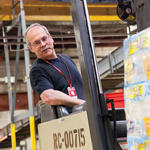 Bringing Focus to Broad Challenges: Target brings home a 2016 Teddy Award for serving as an advocate for its workers, pre- and post-injury, across each of its many operations.
Bringing Focus to Broad Challenges: Target brings home a 2016 Teddy Award for serving as an advocate for its workers, pre- and post-injury, across each of its many operations.
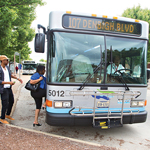 The Road to Success: Accountability and collaboration turned Hampton Roads Transit’s legacy workers’ compensation program into a triumph.
The Road to Success: Accountability and collaboration turned Hampton Roads Transit’s legacy workers’ compensation program into a triumph.
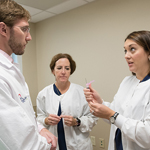 Improve the Well-Being of Every Life: Excela Health changed the way it treated injuries and took a proactive approach to safety, drastically reducing workers’ comp claims and costs.
Improve the Well-Being of Every Life: Excela Health changed the way it treated injuries and took a proactive approach to safety, drastically reducing workers’ comp claims and costs.
 The Family That’s Safe Together: An unwavering commitment to zero lost time is just one way that Harder Mechanical Contractors protects the lives and livelihoods of its workers.
The Family That’s Safe Together: An unwavering commitment to zero lost time is just one way that Harder Mechanical Contractors protects the lives and livelihoods of its workers.
More coverage of the 2016 Teddy Awards:
Recognizing Excellence: The judges of the 2016 Teddy Awards reflect on what they learned, and on the value of awards programs in the workers’ comp space.
Fit for Duty: 2013 Teddy Winner Miami-Dade County Public Schools is managing comorbid risk factors by getting employees excited about healthy living.
Saving Time and Money: Applying Lean Six Sigma to its workers’ comp processes earned Atlantic Health a Teddy Award Honorable Mention.
Caring for the Caregivers: Adventist Health Central Valley Network is achieving stellar results by targeting its toughest challenges.
Advocating for Injured Workers: By helping employees navigate through the workers’ comp system, Cottage Health decreased lost work days by 80 percent.
A Matter of Trust: St. Luke’s workers’ comp program is built upon relationships and a commitment to care for those who care for patients.
Keeping the Results Flowing: R&I recognizes the Metropolitan Water Reclamation District of Greater Chicago for a commonsense approach that’s netting continuous improvement.









